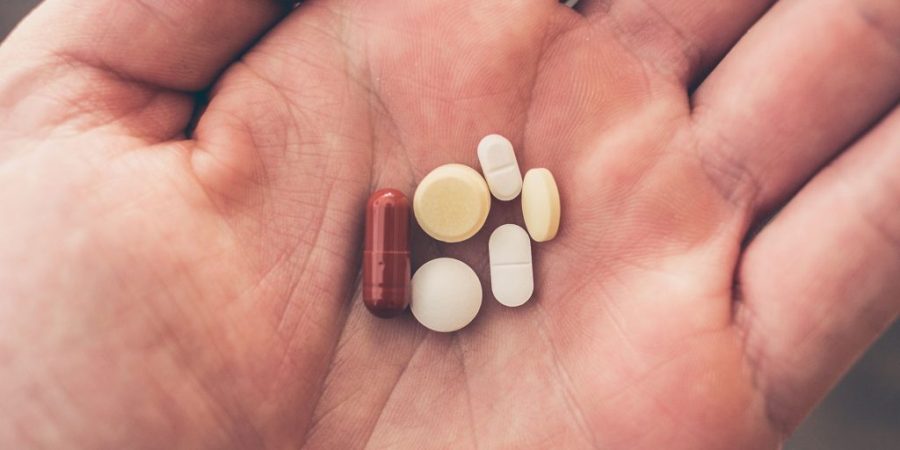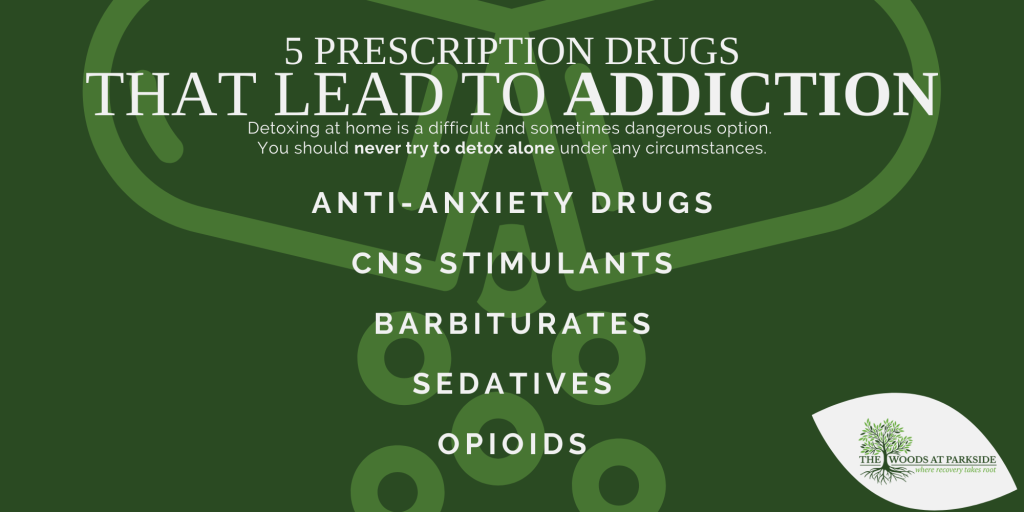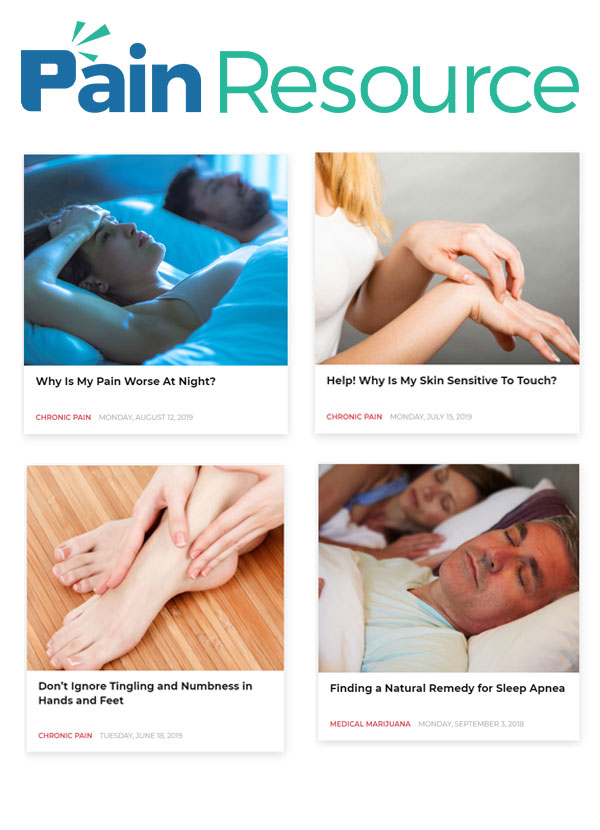
Many people accidentally develop an addiction to prescription drugs. Even though they are being monitored and supervised by a doctor, it is just too easy to misuse these powerful substances. Here, you can learn about prescription drug abuse risk factors, as well as the signs of addiction and how to seek help.
Could you or someone you know have an addiction to prescription drugs? Call The Woods at Parkside today for help assessing your situation.
Table of Contents
Prescription Drugs That Lead to Addiction

Knowing the prescription drugs that lead to addiction can help you use them carefully if you need them. However, if you misuse them, you might need to go through drug detox before you can even begin the main phases of treatment. So, let’s talk about which Rx drugs are most likely to become a problem. Here are the top five.

1. Opioids
Opioids such as Oxycontin, otherwise known as oxycodone, can be very helpful for managing severe pain. These drugs create a powerful dopamine surge that is extremely pleasant. Once someone feels this surge, they want to feel it again. Thus, they do whatever they need to replicate that experience.
2. Anti-Anxiety Drugs
Anxiety can be a distressing condition. Many doctors prescribe benzodiazepines such as Xanax to reduce or prevent anxiety. After a week of using these anti-anxiety prescriptions, you are much more likely to develop a substance use disorder.
3. Sedatives
Sedatives are often used to help people sleep after painful procedures. They may also be prescribed for people who have insomnia or other sleep conditions. One example is Ambien, typically used as a sleep aid. Although Ambien helps people sleep more, it can disrupt the normal sleep patterns that should include several stages like REM sleep. Because people want that normal sleep experience, they often increase their dose in an attempt to get it.
4. Barbiturates
An example of a barbiturate that is commonly used as a sedative is Nembutal or its generic pentobarbital. The effectiveness of this drug wanes rapidly, usually within two weeks. At that point, people often increase their dose to continue to get the deep and restful sleep they enjoyed at first.
5. CNS Stimulants
Central Nervous System stimulants can be extremely addictive. Adderall, or its generic amphetamine or dextroamphetamine, is usually used for the treatment of ADHD. These are also prescription drugs that lead to addiction due to their ability to release dopamine and create a euphoric high.
How Accidental Prescription Drug Addiction Happens
Accidental prescription drug addiction is something most people don’t expect. They may tell themselves they will be extremely careful, knowing that these drugs have the potential for addiction. You might start out thinking that you are strong enough or smart enough to avoid addiction. Unfortunately, accidental addiction to prescription drugs can happen to anyone, no matter how intelligent or strong-willed.
The drug starts out by giving you a pleasant experience. It solves a problem for you, such as pain relief or easier sleep. Yet, as your body adjusts to the medication, it gives you less pleasure and fails to solve your problem as well as it did in the beginning.
It’s natural to want to feel better, especially when you are in pain. This desire, along with the drug’s decreasing effectiveness, leads you to take the drug more often or increase your dose. You never intended to misuse the drug, but because you feel you need its original effects, you develop an accidental prescription drug addiction as you try to get those benefits.
Prescription Drug Abuse Risk Factors
Whenever your physician or psychiatrist prescribes a potentially addictive drug, consider whether you are at risk for addiction. Here are some of the prescription drug abuse risk factors to weigh before you take the medication.
- Older age
- Female gender
- Poor or only fair overall health
- Drinking daily
- Using the medication for non-medical purposes
According to a National Institute of Health article, other prescription drug abuse risk factors depend on what type of therapy the drug is used for. With different therapeutic uses, your marital status, employment status, education, and income may increase your risk.
Signs of Rx Drug Addiction
The signs of prescription drug addiction are similar but not quite the same as for street drugs. Here are signs to watch for if you are concerned that you or someone in your life is addicted to a prescription drug.
- Stealing prescription drugs
- Forging prescriptions
- Selling prescriptions or prescription drugs
- Having mood swings
- Making poor decisions or judgments
- Asking for refills earlier than should be needed
- Going to different doctors to get more prescriptions
If you notice these signs, the next step is seeking help. If you need help knowing how to talk to someone with addiction, treatment centers can help with that, too. Ignoring these symptoms of an addiction to prescription drugs could prolong your suffering or make the problem worse. In the next section, you can find out how to get help.
Preventing Addiction
Of course, the best way to get past addiction is to prevent it before it happens. But how do you prevent addiction to prescription drugs? After all, if you need them, you cannot avoid them. The best solutions include educating yourself about the risks and signs of addiction, learning coping skills, and developing a strong social support system. In addition, it helps to work closely with the professional prescribing the medications to ensure they do everything possible to help you without encouraging addiction.
Getting Help for Prescription Drug Addiction
Seeking help for prescription drug addiction may feel like a very difficult thing. After all, you probably won’t look for help until you admit that you might have a problem. However, once you get past that hurdle, you can move forward to get the help you need relatively easily.
Simply call a treatment center and ask for an evaluation and help for prescription drug addiction. It’s fine to ask as many questions as you like, including questions about the facilities, their programs, and how they determine what program you need if any. If you are in crisis, you can call admissions directly and ask to go to the facility for immediate help.
Where to Go for Evaluation and Treatment
Choosing the right facility to face your addiction to prescription drugs can make all the difference in the outcome. At The Woods at Parkside, we provide exceptional care and effective treatment programs for prescription drug use disorders. Our treatments help people with drug addictions and co-occurring mental health disorders.
Our addiction recovery team is dedicated to helping you get past your addiction through expert services such as counseling, therapy, and medical and psychiatric care during detox. We care about all the people who come to us for help and treat you with respect and compassion.
From our beautiful eleven-acre campus near Columbus, Ohio, we provide the care you need to recover from your addiction and improve your mental health.
Treatment for Prescription Drug Addiction at The Woods at Parkside
Treatment for an addiction to prescription drugs may begin with a detox phase. Once the drugs are out of your system, you can focus on other aspects of treatment. You might go through a residential program, a partial day treatment program, or an intensive outpatient treatment program. Or you might do each of these in turn.
In any case, you will learn to overcome your addiction through psychotherapy, learning life skills, and participating in music and recreational therapies. Each phase and part of the treatment is designed to help you overcome your addiction to prescription drugs and build a life free of the bonds of addiction.
Need help with a prescription drug addiction? Contact The Woods at Parkside to find out about your treatment options.
The post How People Become Addicted to Prescription Drugs: Risks, Prevention, & Treatment appeared first on The Woods At Parkside.
Source
Original Author: Beacon User

